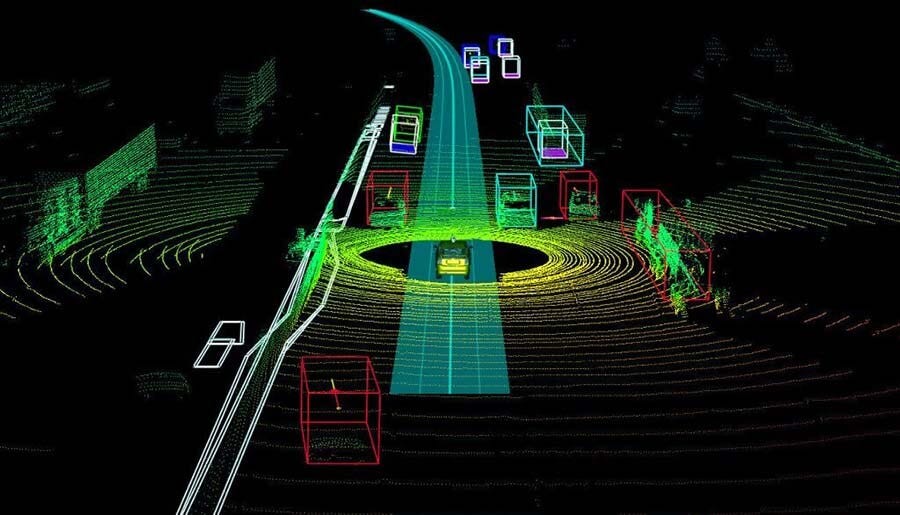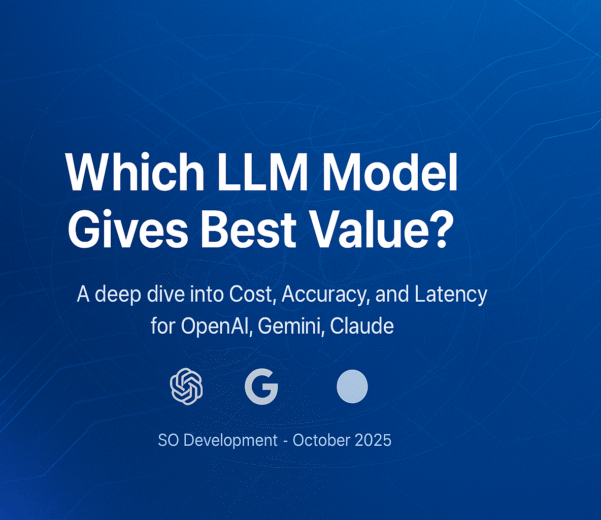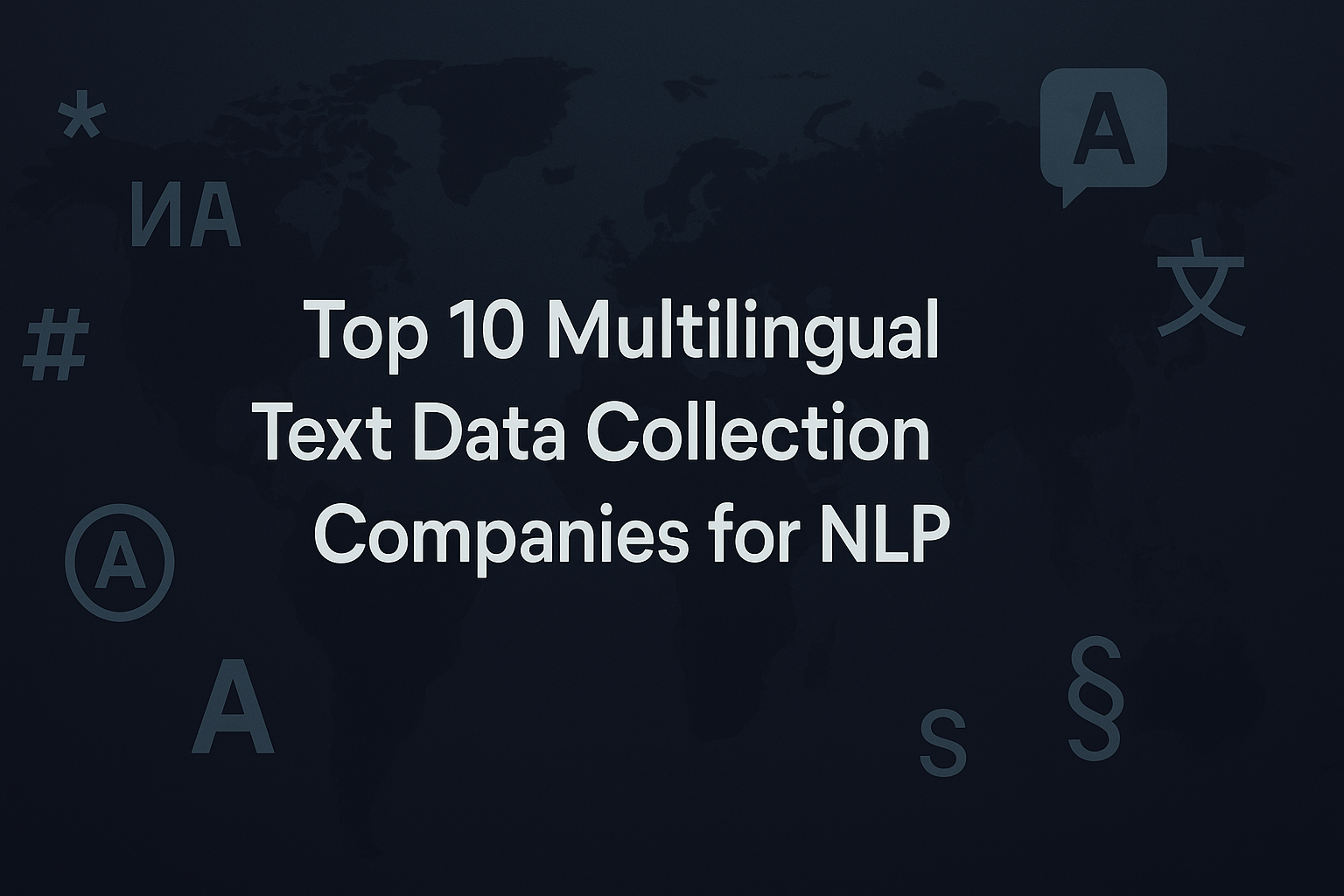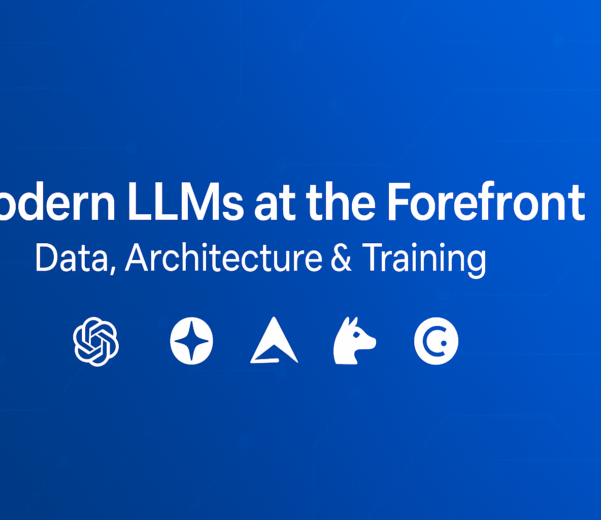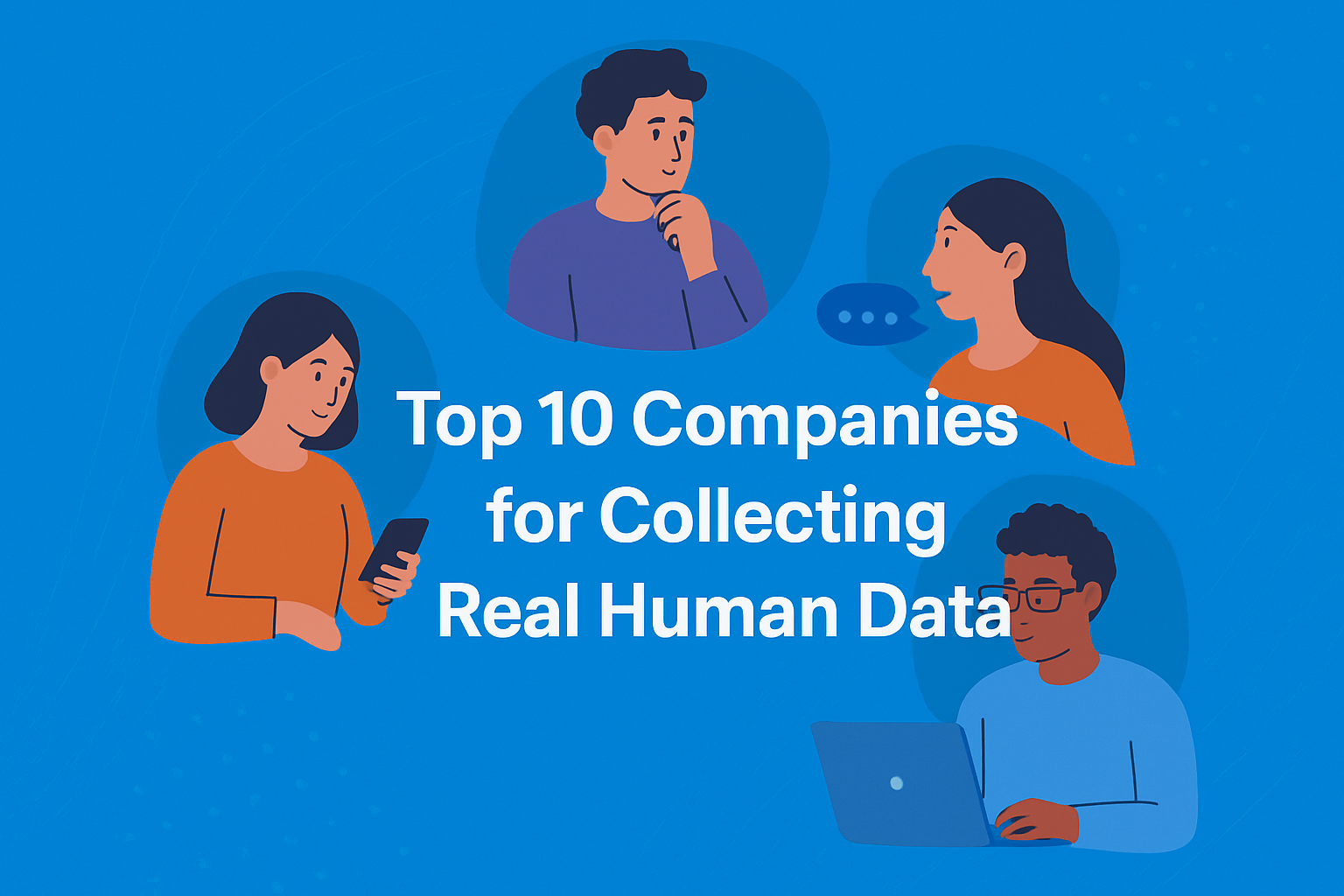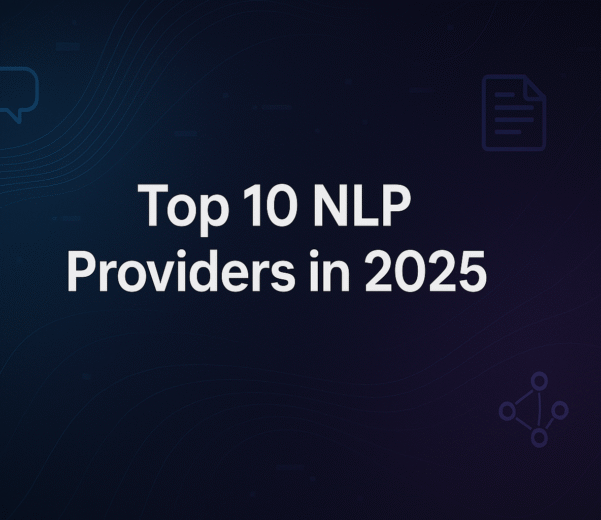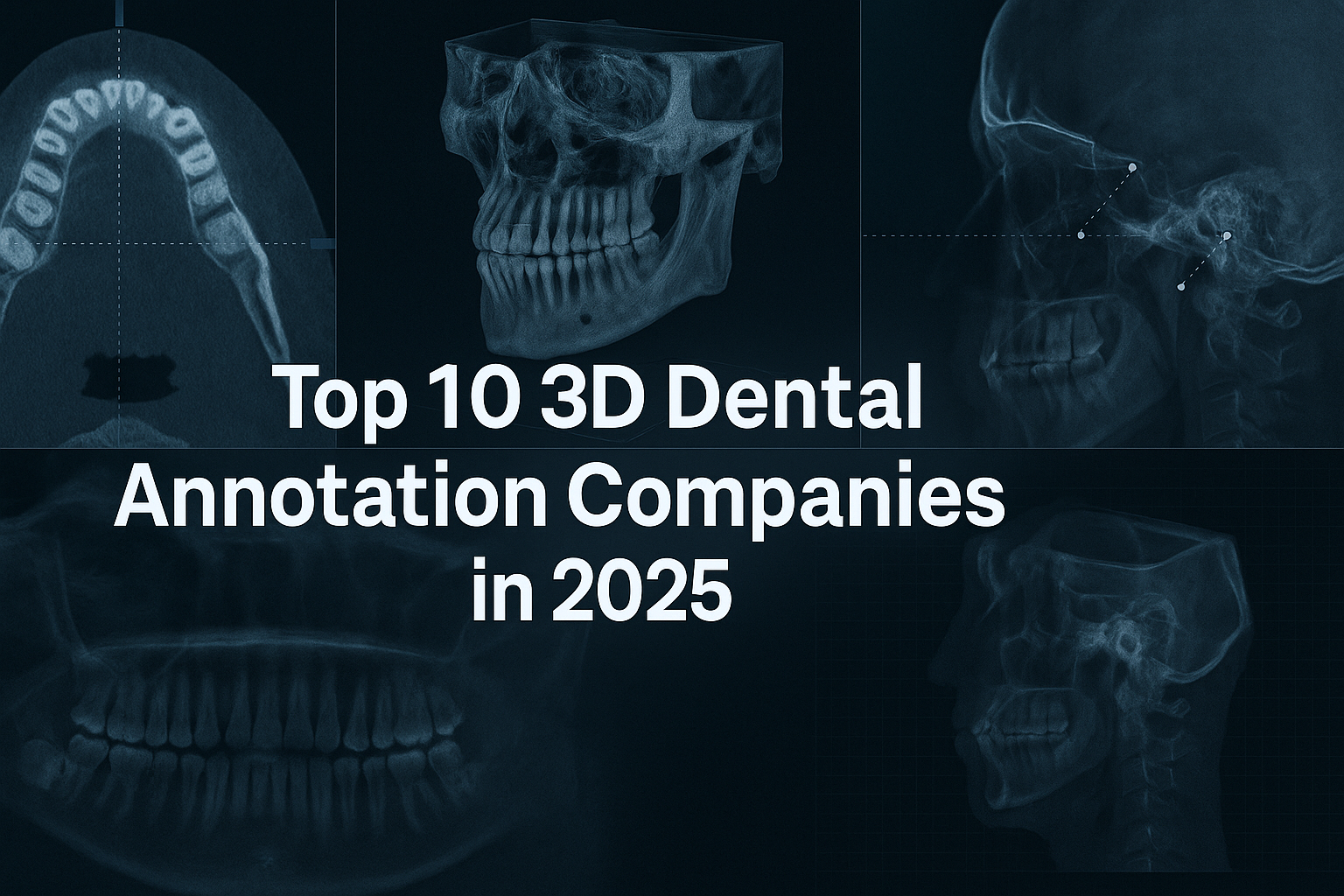Introduction
In the ever-evolving realm of Artificial Intelligence (AI) and Machine Learning (ML), the quality of training data reigns supreme. As these technologies venture into the three-dimensional world, the need for accurate and efficient 3D annotation services becomes paramount. This article delves into the landscape of 3D annotation service providers, equipping you with the knowledge to select the perfect partner for your project. We’ll unveil key factors to consider, explore the strengths of various providers, and shed light on the expertise of SO Development in this crucial domain.
Demystifying 3D Annotation: The Power Behind the Pixels
3D annotation involves meticulously labeling and tagging three-dimensional data, typically in the form of point clouds or meshes. These point clouds are generated by sensors like LiDAR (Light Detection and Ranging) and capture the spatial arrangement of points in a scene. By meticulously adding labels, we imbue these points with meaning, enabling AI models to “understand” the environment they represent.
Here’s a breakdown of some common 3D annotation types:
- Bounding Boxes: Enclosing 3D objects within virtual boxes, crucial for object detection and recognition.
- Semantic Segmentation: Assigning labels to individual points, indicating whether they belong to a specific object (e.g., car, pedestrian) or background.
- Instance Segmentation: Differentiating between individual instances of the same object type.
- Keypoint Annotation: Marking specific points of interest on objects, often used in pose estimation or tracking applications.
The applications of 3D annotation are vast, empowering advancements in:
- Autonomous Vehicles: Precisely labeling objects in LiDAR data fuels the development of self-driving cars, enabling them to navigate complex environments.
- Augmented Reality (AR) and Virtual Reality (VR): Accurately annotating 3D spaces fosters the creation of realistic and interactive AR/VR experiences.
- Robotics: Training robots to interact with their surroundings requires well-annotated 3D data for object recognition and manipulation.
- Healthcare: 3D annotation of medical scans can aid in disease diagnosis, treatment planning, and surgical guidance.
Choosing the Right Partner: Key Considerations for Selecting a 3D Annotation Service Provider
With the growing demand for 3D annotation, numerous service providers have emerged. Selecting the ideal partner hinges on several crucial factors:
- Data Security and Privacy: As 3D data often contains sensitive information, robust security protocols and adherence to data privacy regulations are essential.
- Expertise and Experience: Look for providers with a proven track record in handling 3D data specific to your industry and project requirements.
- Scalability and Flexibility: Your project’s needs might evolve. Choose a provider who can scale their services to accommodate increasing data volumes or changing annotation types.
- Quality Control Measures: Rigorous quality control processes ensure the accuracy and consistency of annotations, directly impacting the performance of your AI models.
- Cost-Effectiveness: 3D annotation can be resource-intensive. Compare pricing models and ensure transparency to optimize your budget.
- Communication and Collaboration: Effective communication throughout the project is vital. Seek a provider that fosters open communication and readily addresses your questions.
Unveiling the Champions: Top Players in the 3D Annotation Arena
The 3D annotation service provider landscape is dynamic, with several companies vying for the top spot. Here’s a glimpse into some of the leading players:
A company with a niche focus on complex 3D annotation projects, SO Development delivers high-precision results with a commitment to client satisfaction.

This comprehensive data annotation service provider offers expertise in 3D annotation, catering to diverse needs with a focus on quality control.

A widely used data annotation platform, SuperAnnotate provides a user-friendly interface for various data types, including 3D point clouds, with support for different annotation tasks.

Specializing in 3D annotation, TrainingData.pro offers precise labeling and tagging to enhance object recognition, spatial understanding, and AR applications.
Conclusion: The Perfect Match Awaits
The quest for the ideal 3D annotation services provider necessitates a meticulous evaluation process. By prioritizing expertise, data security, scalability, QA procedures, and cost-effectiveness, you can select a partner who empowers you to build high-performing and reliable AI models. Remember, the success of your AI project hinges on the quality of the



